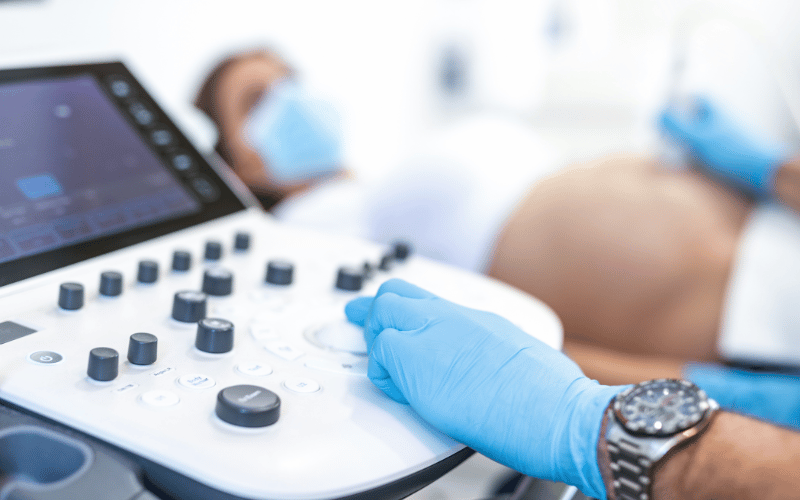5. Labor and Delivery Considerations with Nuchal Cords: Preparing for a Safe Birth

The presence of a nuchal cord can influence the management of labor and delivery. In many cases, a vaginal birth is still entirely possible and safe.
During labor, healthcare providers pay close attention to the baby’s heart rate. This monitoring is crucial to ensure the baby is not experiencing distress due to the nuchal cord. If the heart rate remains normal, labor can often proceed as usual.
However, if there are signs of distress, the healthcare team is prepared to act swiftly. Interventions might include changing the mother’s position to relieve pressure on the cord. In some cases, a cesarean section may be necessary. The decision to proceed with a C-section is made with the baby’s and mother’s safety as the primary concern. Parents should be aware of these possibilities and discuss them with their healthcare provider.
Even with a nuchal cord, many deliveries proceed without complications. The key is careful monitoring and timely intervention if needed. It’s important for parents to trust their healthcare team. They should feel comfortable asking questions and expressing their preferences for the birth process. A clear birth plan that accounts for the presence of a nuchal cord can help in making informed decisions during labor.
After delivery, the healthcare provider will typically check the nuchal cord. They will gently unwrap it from around the baby’s neck. In most cases, babies are born healthy and without any complications from the nuchal cord. Parents should be reassured that with proper care and monitoring, the likelihood of a positive outcome is high. (5)